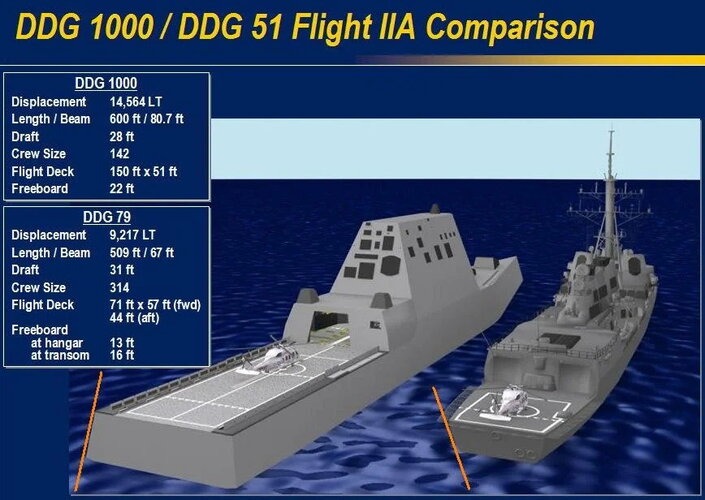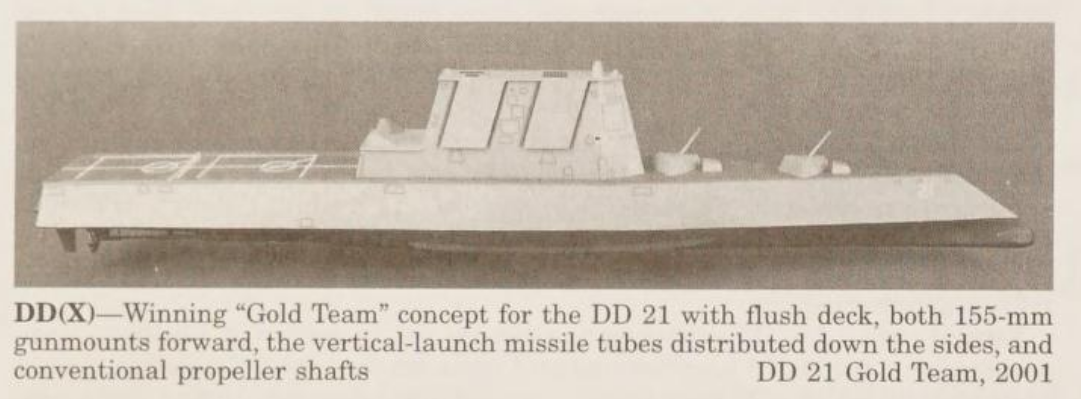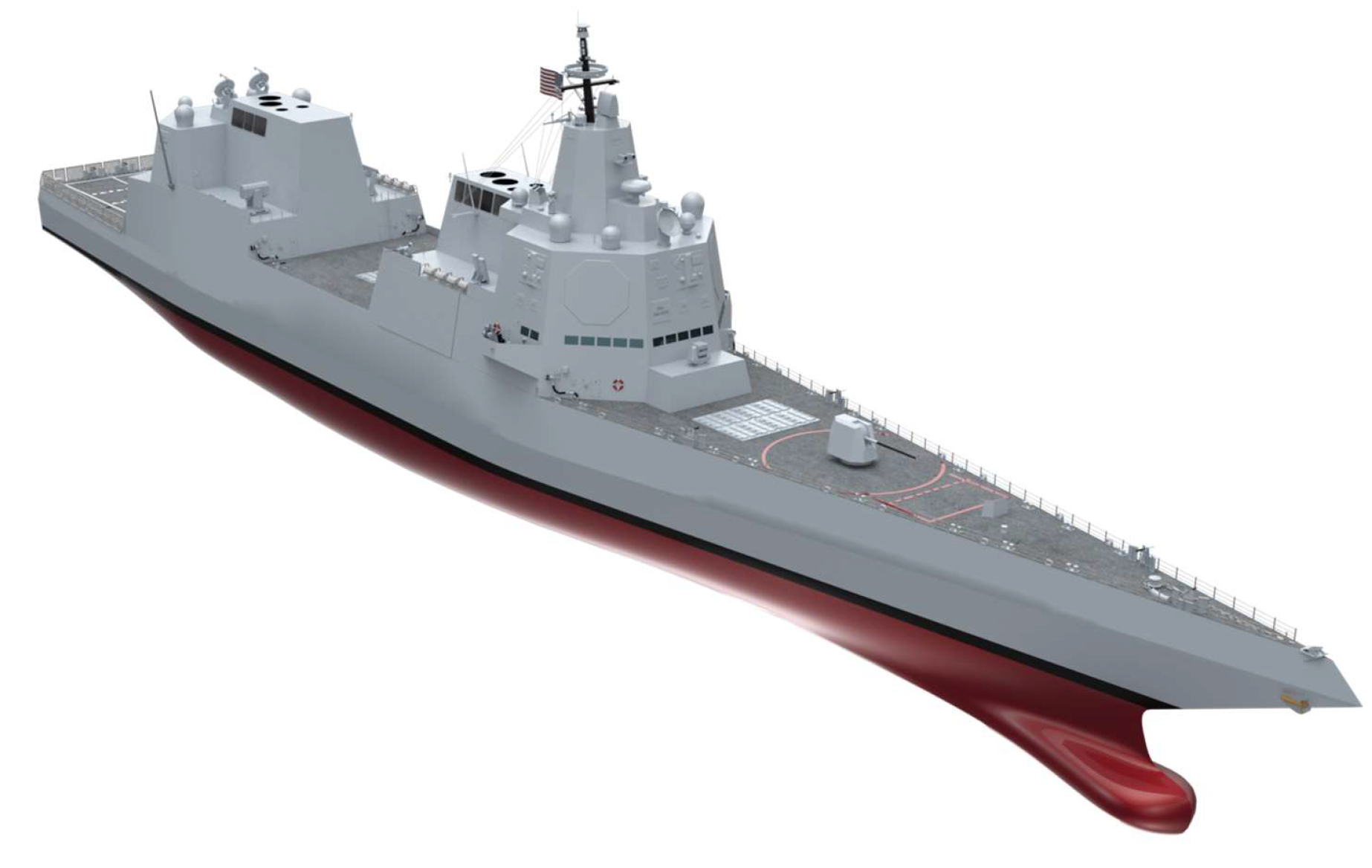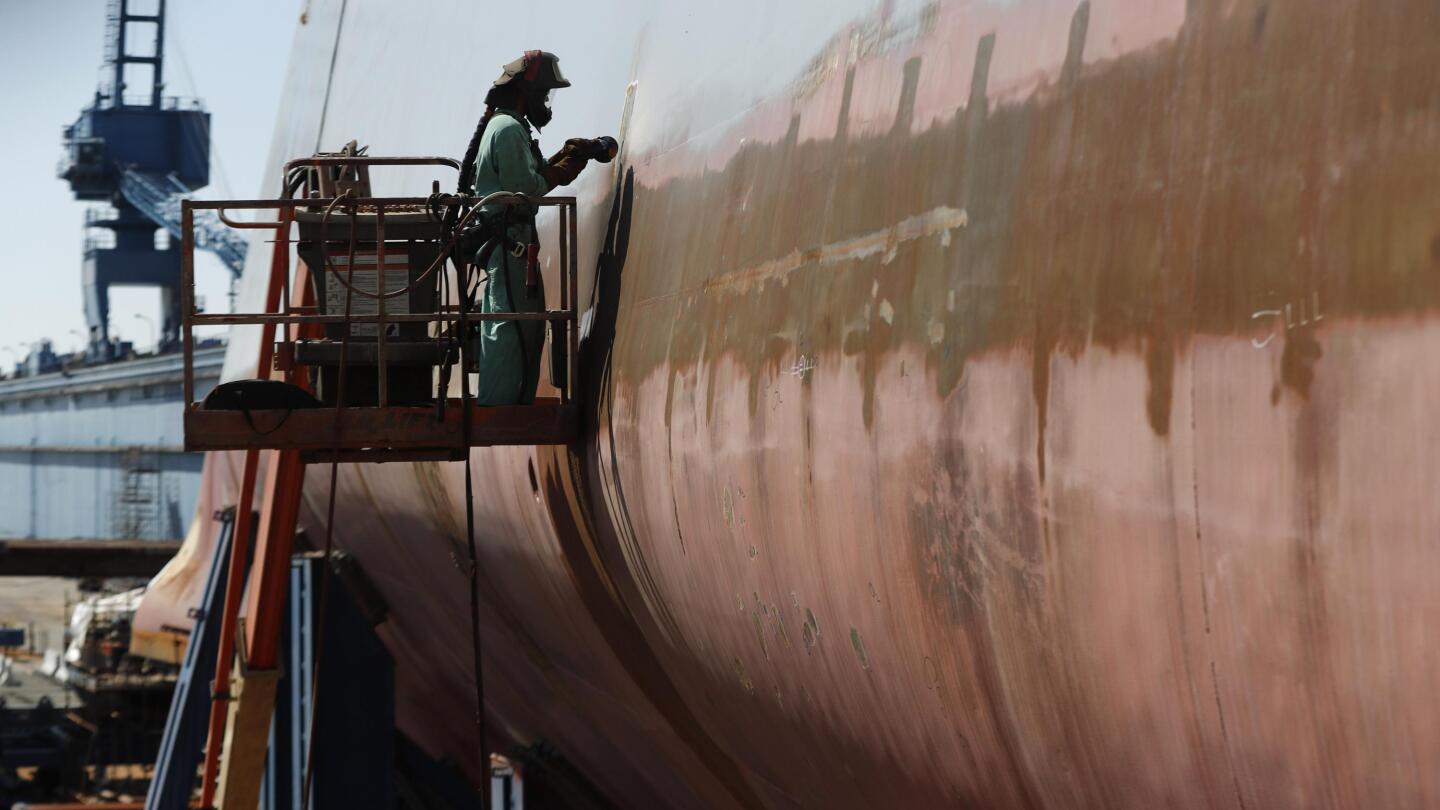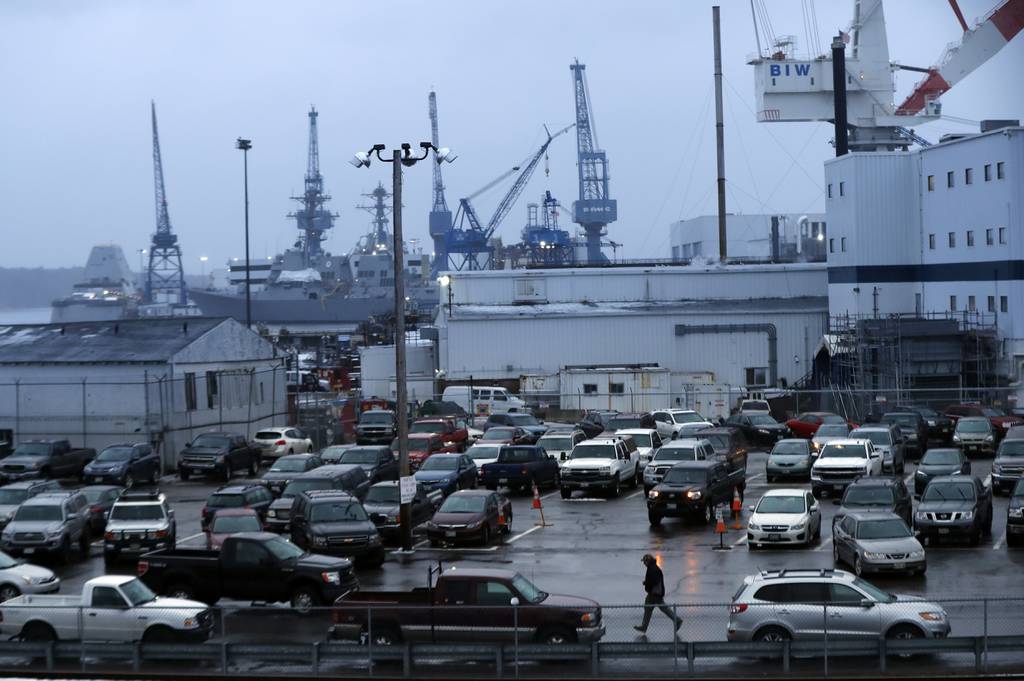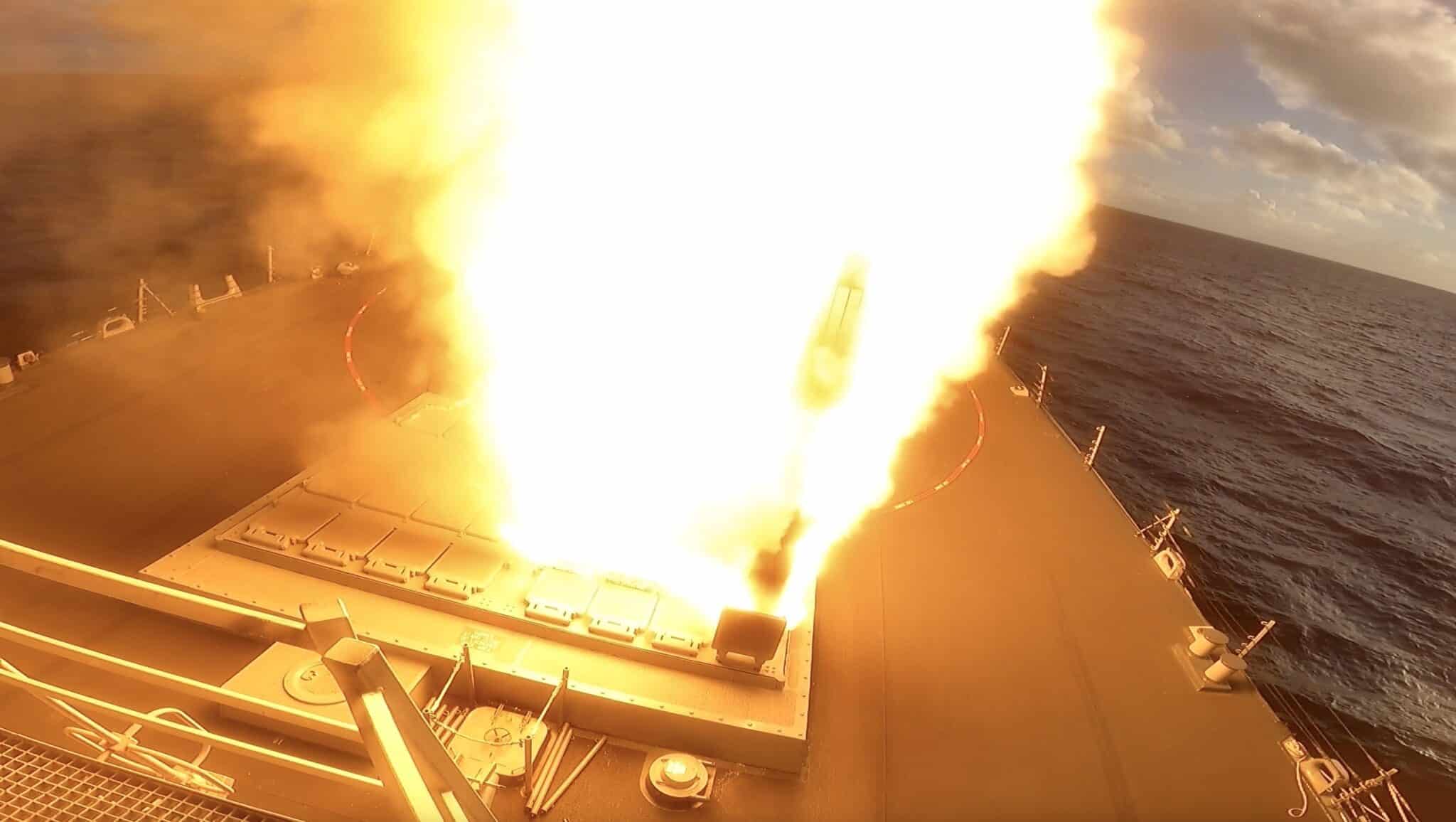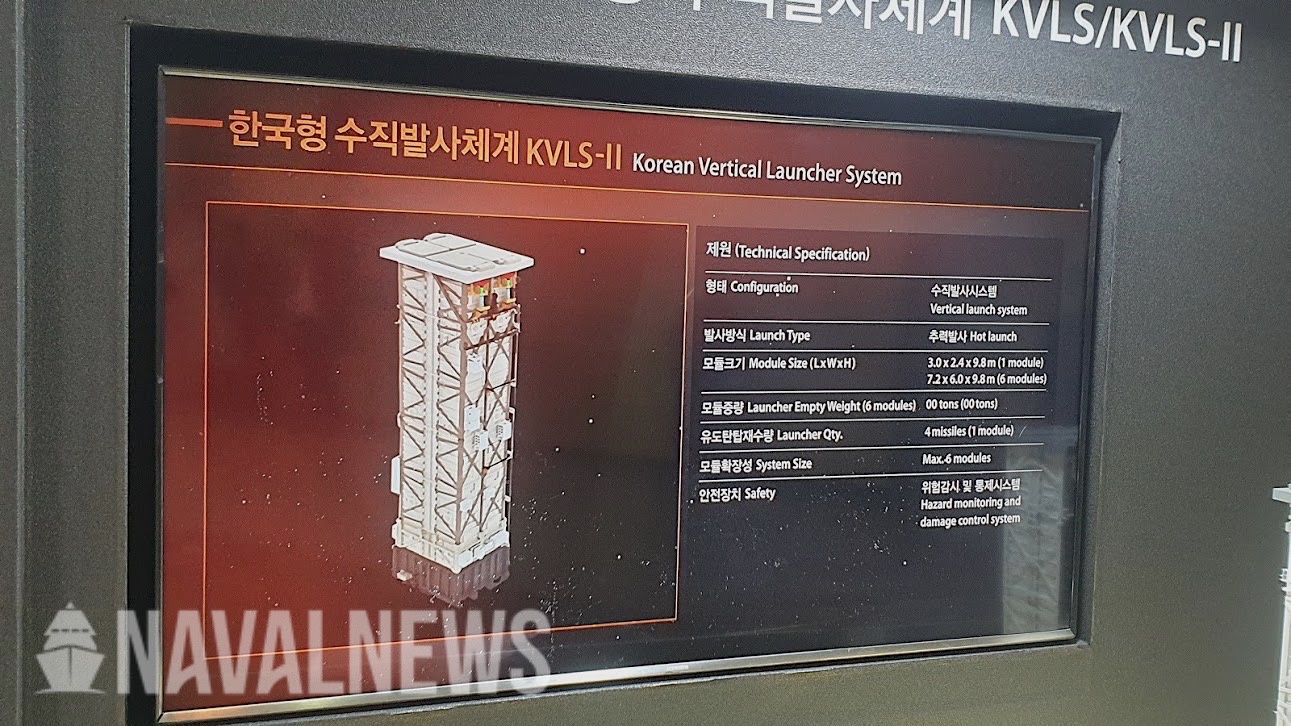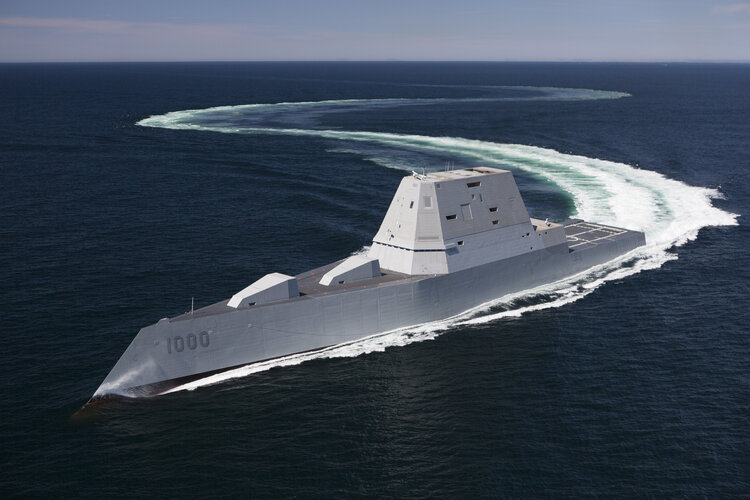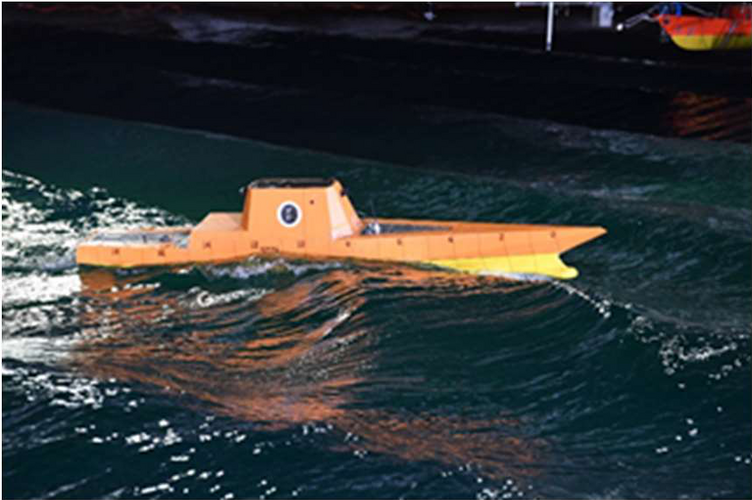How exactly did the Navy get "burned" by leaving hangers off the Burkes Flt I & II, understand helos not just for ASW, but they come at a large cost of ~30% of the weapons deck needed for the hanger and landing deck that could be used for additional VLS cells and if with an accompanying FFG-62 it will have a helo.
Basically, because not having hangars on the early DDG-51s meant they were limited in what you could do with them. No (or at least very limited) independent sailing, which accounts for a surprisingly large portion of a ship's peacetime or low-intensity operations. ASW limited to rearming/refueling someone else's helicopter.
And even in task force operations, you really need the flight deck (with or without the hangar). Helos are how stuff gets shuttled around -- spare parts, supplies, people, casualties, etc. VERTREP spots are not ideal, especially for personnel moves. Hoisting PAX on and off a ship is time-consuming, stressful, and dangerous. And I guarantee the squadron commander does not want to ride a horse collar to get from the DDG(X) to the carrier for conferences.
And let's look at the actual "cost" of the hangar and flight deck. You threw out a figure of 30%. But compare the Flight I and the Flight IIA -- very similar dimensions (essentially the same; there are no more frames in a Flight IIA) despite the hangar in the IIA. Deleting the hangar would not necessarily buy you more VLS, because the hangar is right on the main deck and the VLS has to extend below that, into volume that is being used for other things.
Deleting the flight deck as well still doesn't buy below-deck volume, though I suppose in theory you could shorten the hull a bit. But you still need some of the length for a VERTREP spot and you need most of the volume for whatever is already under the flight deck. And a shorter hull isn't always better -- longer hulls are easier to power and generally have better seakeeping.
Basically, flight decks and hangars are the exemplar for the widespread comment about ship design, that "steel is cheap and air is free." They don't really cost much to add and provide versatility even if you don't have enough helos to fill them up all the time.
